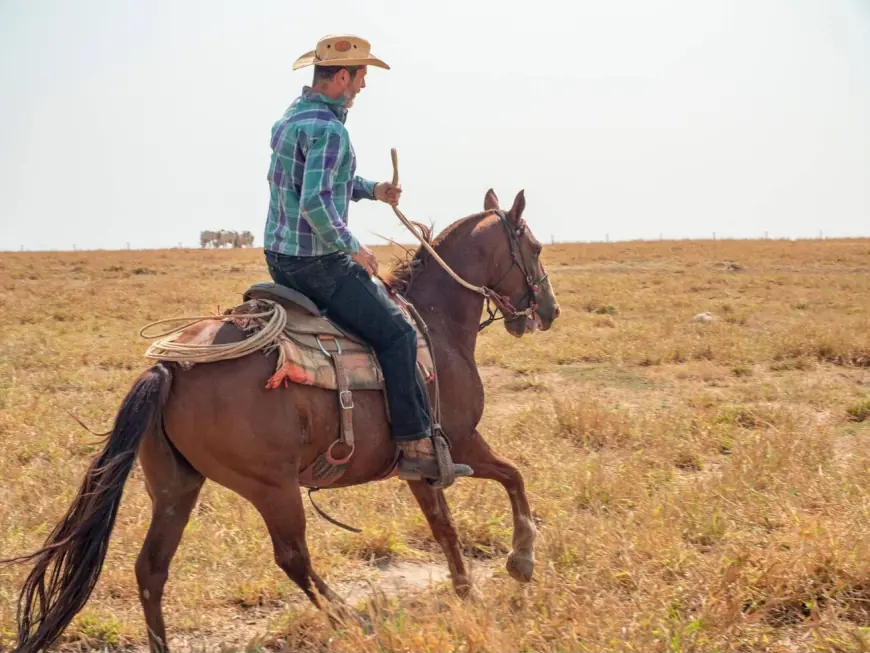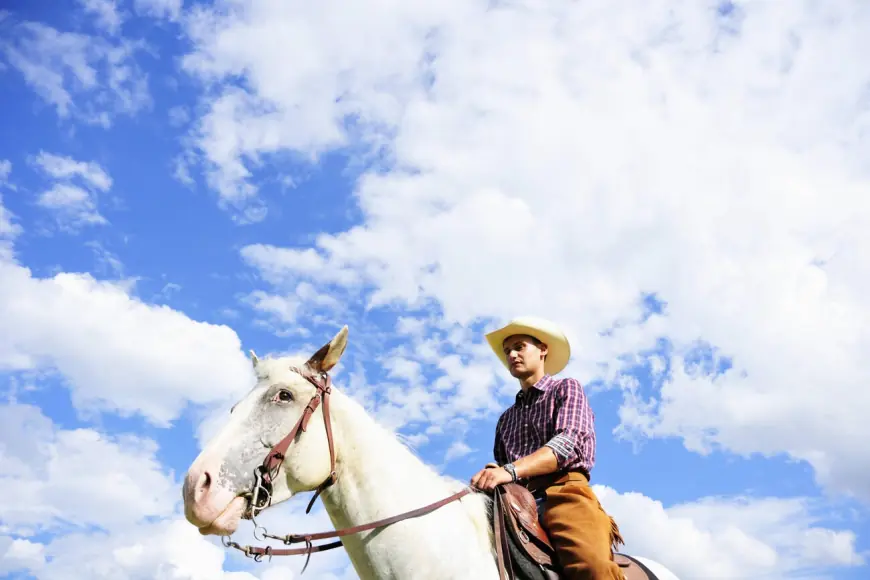The Perfect Horse Riding Shirts: Material and Design Unveiled
The essential materials and design elements that make the perfect horse riding shirt, helping riders choose the best option for their needs.

Horse riding is an exhilarating and demanding sport that requires not only skill and passion but also the right gear. Among the most crucial pieces of equestrian attire is the riding shirt. A well-designed horse riding shirt offers comfort, flexibility, and style while ensuring durability and functionality in various riding conditions. In this article, we delve deep into the essential materials and design elements that make the perfect horse riding shirt, helping riders choose the best option for their needs.
Why Choosing the Right Riding Shirt Matters
A horse riding shirt is more than just a fashion statement; it plays a significant role in performance and safety. A poorly designed shirt can cause discomfort, restrict movement, or fail to regulate temperature, making riding less enjoyable. Conversely, a well-chosen riding shirt enhances comfort, boosts confidence, and improves performance in both casual and competitive riding.
Key Materials for Horse Riding Shirts
The fabric of a riding shirt is the foundation of its performance. The best materials offer breathability, moisture-wicking properties, durability, and comfort. Here are some of the top materials used in quality horse riding shirts:
1. Cotton Blends
Cotton is a classic fabric known for its softness and breathability. However, pure cotton absorbs moisture and can become heavy when sweaty. Cotton blends, which incorporate synthetic fibers like polyester or spandex, provide improved moisture management, durability, and stretchability. These blends maintain the natural comfort of cotton while enhancing functionality for riders.
2. Polyester and Synthetic Fabrics
Polyester is a popular choice due to its moisture-wicking and quick-drying properties. It is lightweight, durable, and resistant to wrinkles, making it ideal for long riding sessions. Advanced synthetic fabrics, such as microfiber and performance polyesters, offer superior ventilation and temperature regulation, keeping riders cool in hot weather and warm in colder conditions.
3. Merino Wool
For riders who frequently train in varying climates, merino wool is an excellent option. It provides natural temperature regulation, wicks moisture effectively, and resists odors, making it perfect for multi-day rides or competitions. Despite being a natural fiber, merino wool is lightweight and soft against the skin, preventing irritation.
4. Spandex and Lycra Blends
For added stretch and flexibility, many modern riding shirts incorporate spandex or Lycra. These materials allow the shirt to conform to the body’s movements without restricting mobility, making them perfect for disciplines that require agility, such as dressage and show jumping.

Design Features That Make a Great Riding Shirt
In addition to fabric choice, the design elements of a riding shirt significantly impact its effectiveness. Here are key features to consider:
1. Moisture-Wicking and Breathability
Since riding involves physical exertion, moisture-wicking properties help keep riders dry by drawing sweat away from the skin. Ventilation panels, mesh inserts, and perforated fabric sections enhance breathability, ensuring optimal airflow.
2. Fit and Mobility
A well-fitted riding shirt should provide a balance between comfort and functionality. It should be snug but not too tight, allowing free movement of the arms and shoulders. Ergonomic seam placements prevent chafing, while longer tails ensure the shirt stays tucked in during movement.
3. UV Protection
Many high-quality riding shirts offer built-in UV protection to shield riders from harmful sun exposure, which is especially beneficial for outdoor riding. Fabrics with UPF (Ultraviolet Protection Factor) ratings block UV rays, reducing the risk of sunburn and long-term skin damage.
4. Collars and Cuffs
A well-structured collar adds a touch of elegance and professionalism, particularly in competition settings. Stand-up collars provide extra sun protection for the neck. Similarly, adjustable cuffs allow for customization of sleeve length, improving comfort based on weather conditions.
5. Zipper or Button Closures
Riding shirts come with various closure options, including half-zip, full-zip, and button-down styles. Zipper closures provide easy ventilation and a modern look, while buttons maintain a traditional equestrian aesthetic. Riders can choose based on personal preference and practicality.
6. Layering Capability
Riders often need to layer clothing for different weather conditions. A well-designed riding shirt should be lightweight enough to wear under jackets but substantial enough to be worn on its own in moderate weather. Flat seams and smooth fabric finishes reduce bulkiness when layered.
7. Reinforced Stitching for Durability
Since horse riding involves movement and potential wear and tear, reinforced stitching ensures longevity. High-quality stitching prevents fabric from fraying or coming apart, making the shirt more durable and resilient.
Choosing the Right Shirt for Different Riding Disciplines
Dressage
Dressage riders often opt for sleek, fitted shirts with high collars and elegant designs. Moisture-wicking and breathable fabrics are preferred to maintain comfort under competition jackets.
Show Jumping
Flexibility is key in show jumping, so stretchable and lightweight fabrics with mesh ventilation panels work best. Many show jumpers prefer half-zip designs for quick adjustments.
Trail Riding
For long hours on the trail, comfort and durability take priority. Riders should choose shirts with UV protection, odor resistance, and breathable fabrics like merino wool or moisture-wicking synthetics.
Western Riding
Western riders often favor button-down shirts with traditional aesthetics. However, modern versions with stretchable fabrics and moisture-wicking properties offer both style and function.
Eventing
Eventing riders need versatile shirts that provide comfort across all three phases (dressage, cross-country, and show jumping). Shirts with temperature regulation and stretchability are ideal.
Caring for Your Horse Riding Shirt
To extend the lifespan of a quality riding shirt, proper care is essential. Here are some maintenance tips:
- Follow washing instructions: Use mild detergent and cold water to prevent fabric deterioration.
- Avoid fabric softeners: These can reduce moisture-wicking efficiency.
- Air dry whenever possible: Heat from dryers can weaken fabric fibers and elasticity.
- Store properly: Fold or hang shirts in a well-ventilated area to prevent mildew and odors.
Conclusion
Selecting the perfect horse riding shirt involves a combination of the right materials, design features, and intended use. Whether you prioritize breathability, stretchability, or style, a well-crafted riding shirt enhances comfort and performance. By investing in quality equestrian apparel, riders can enjoy their sport with confidence and ease. Choose wisely, care for your shirts properly, and ride in comfort and style!












